Sotol is not a mezcal. So why are we writing about the spirit in a mezcal blog? Well, sotol and mezcal have so much in common that it’s impossible not to take an interest. Read on to learn more about the origins, production methods, and varieties of a unique Mexican liquor.
What kind of alcohol is sotol? What is it made from?
Sotol is a distilled spirit traditionally made in Mexico. It’s derived from various plant varieties of the Dasylirion genus, which are commonly referred to as sotol in Spanish and desert spoon in English. There are at least 22 known species of Dasylirion, though Dasylirion wheeleri is by far the most common used in sotol production.
Dasylirion is native to the Chihuahuan desert, which spans northern Mexico and parts of the US Southwest. But the plant has a big range and can be found as far south as Honduras. For hundreds of years, the liquor has been derived from wild plants. Some producers and scientists are experimenting with cultivation, growing Dasylirion in nurseries and fields, as well as in semi-wild environments.

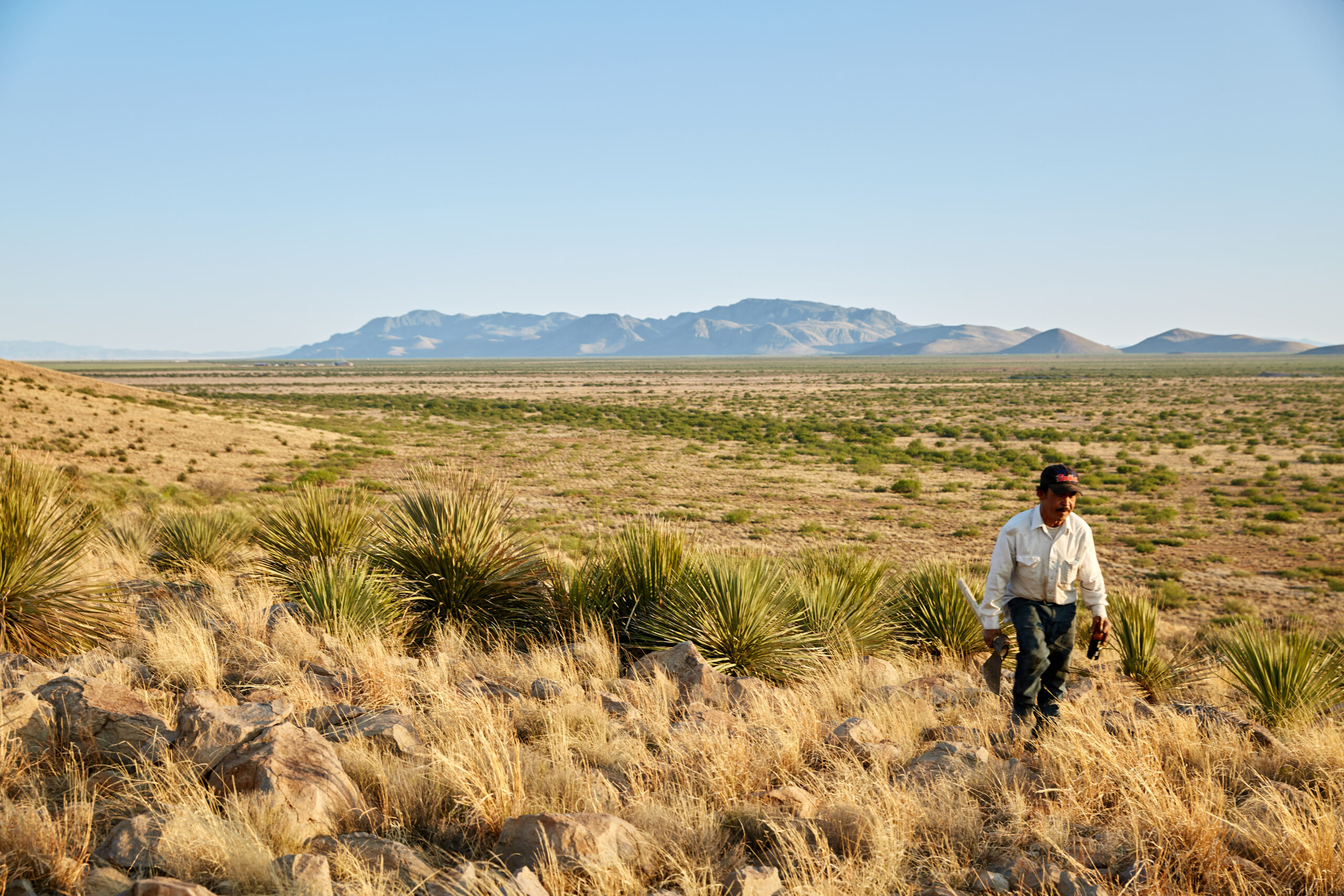
Where is sotol made?
Most sotol is made in Chihuahua. This northern Mexican state produces about 80% of the legal spirit on the market. The denomination of origin (DO), established in 2002, allows production in Chihuahua, Durango, and Coahuila. It excludes Zacatecas and other states where sotol is distilled. Producers have long been distilling Dasylirion outside the current DO, though these spirits may have other names, such as palimilla (in Sonora) and cucharilla (in Oaxaca).
According to the Mexican government, a product labeled sotol can only legally be produced in Mexico. However, the US government doesn’t recognize the DO, and people are now distilling Dasylirion in Texas and labeling the product as Texas sotol.
How is sotol made?
Workers trek into the wilds to harvest the plant and remove the leaves. They then take it back to the vinata, or distillery. Producers cook the hearts of the plant, and then mash them into fibrous juice, which is fermented in tanks with added water, and then distilled into liquor. Most sotol is distilled twice, although some producers distill a third time.
As with mezcal, we see a wide range of production processes. Some producers roast the cabezas in a pit, mash the fibers with an ax, ferment the mosto with ambient yeasts, and then run the resulting liquid through pot stills or copper alembics. A few larger brands are roasting in concrete ovens or autoclaves, and employing mechanical shredders, commercial yeasts, and column stills. At many vinatas, you’ll see a mixture of traditional and modern techniques.
Up to 49% of the sugars in commercial sotol may come from sources other than Dasylirion. (This is a way in which the rules governing sotol are similar to the tequila norm, which also, famously, allows for a mixto product.) It is legal to use a diffuser to extract sugar from Dasylirion but we don’t yet know of any brands that are doing that.
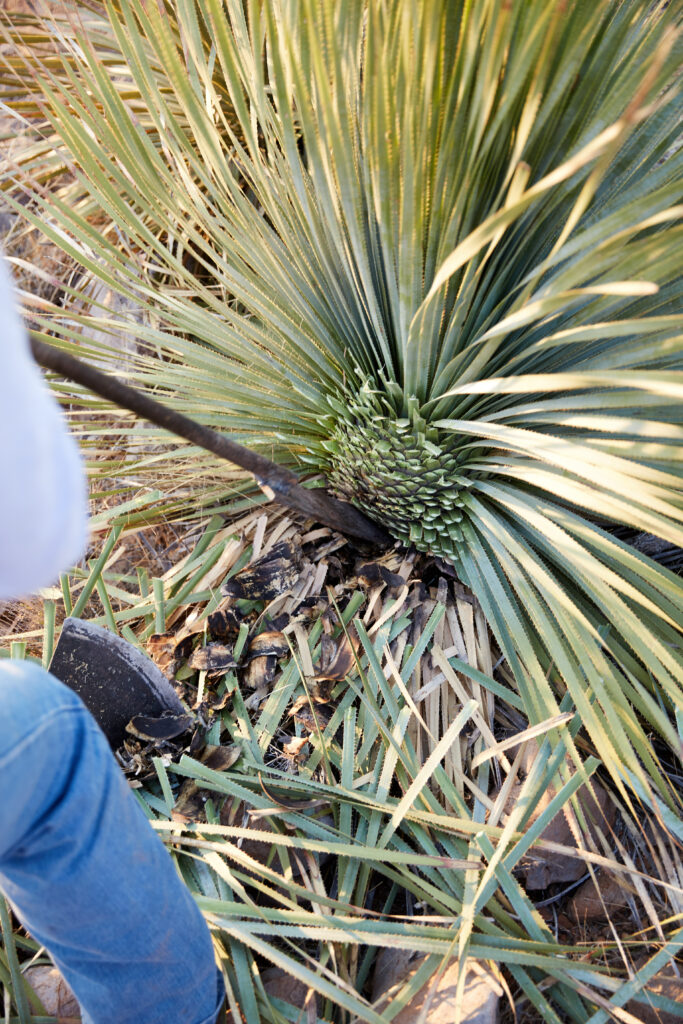
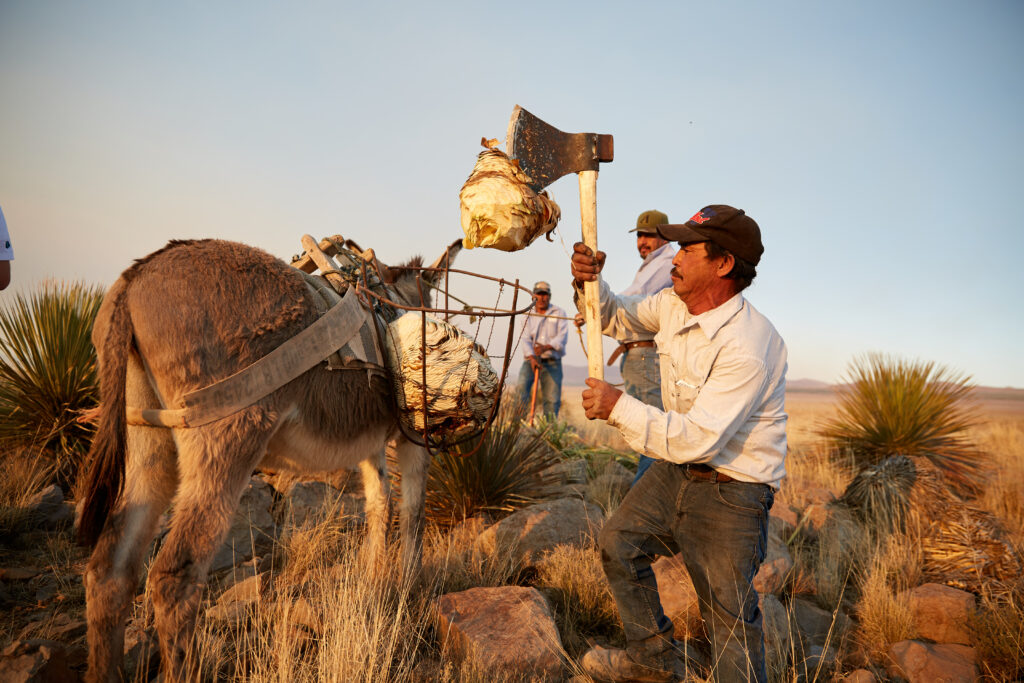
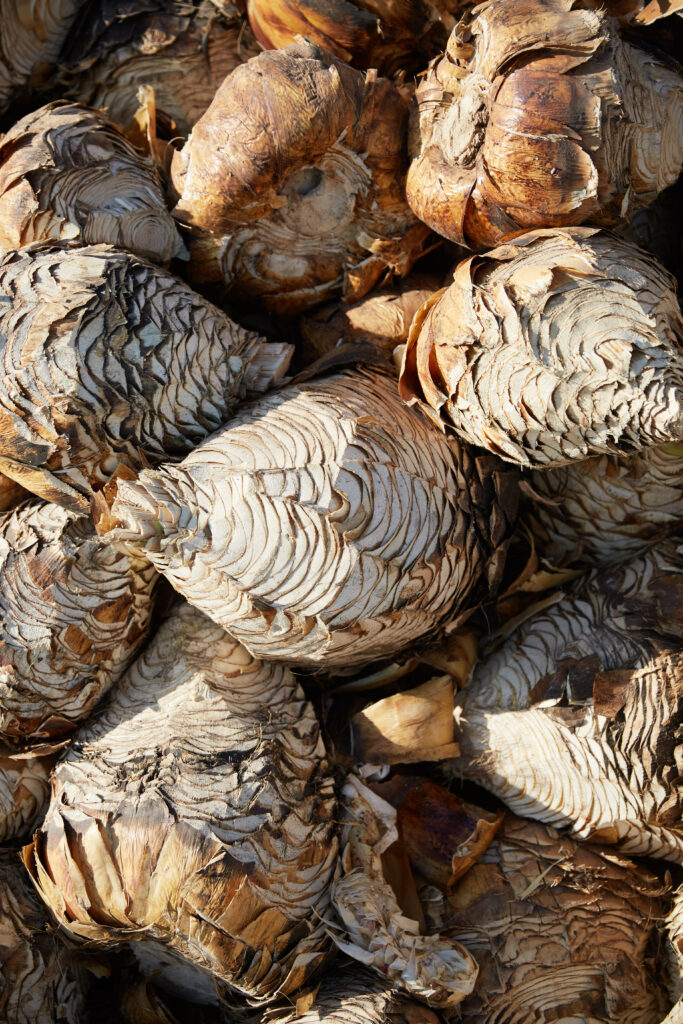
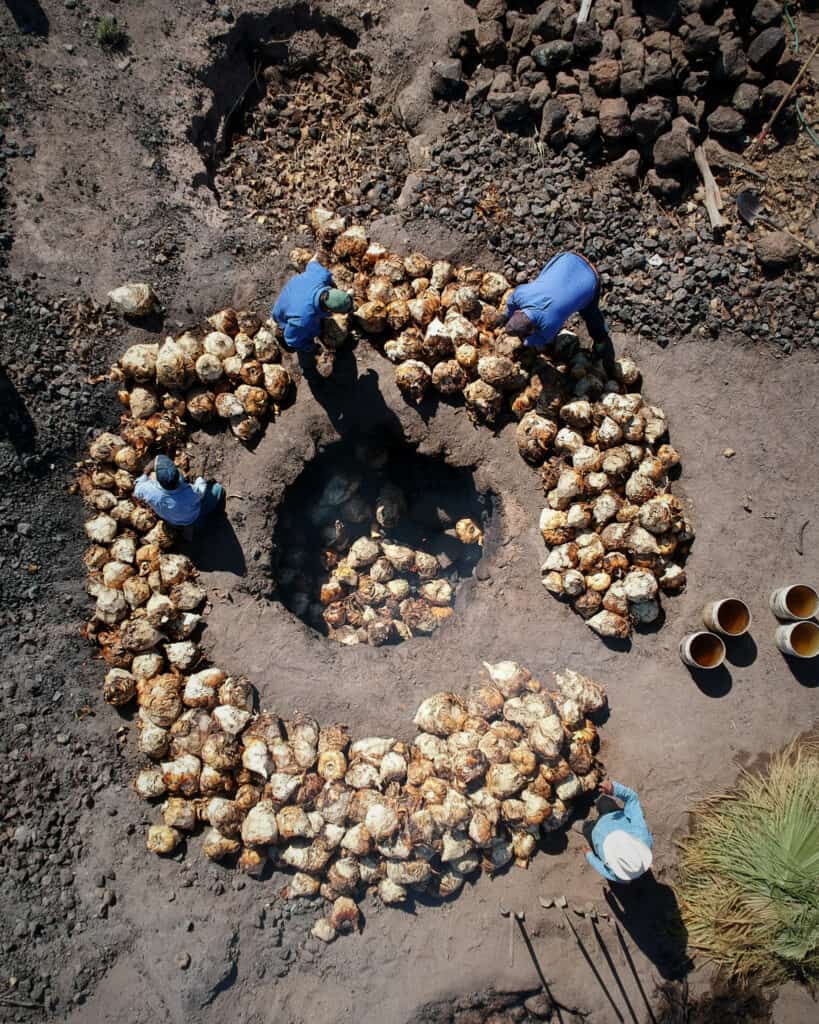
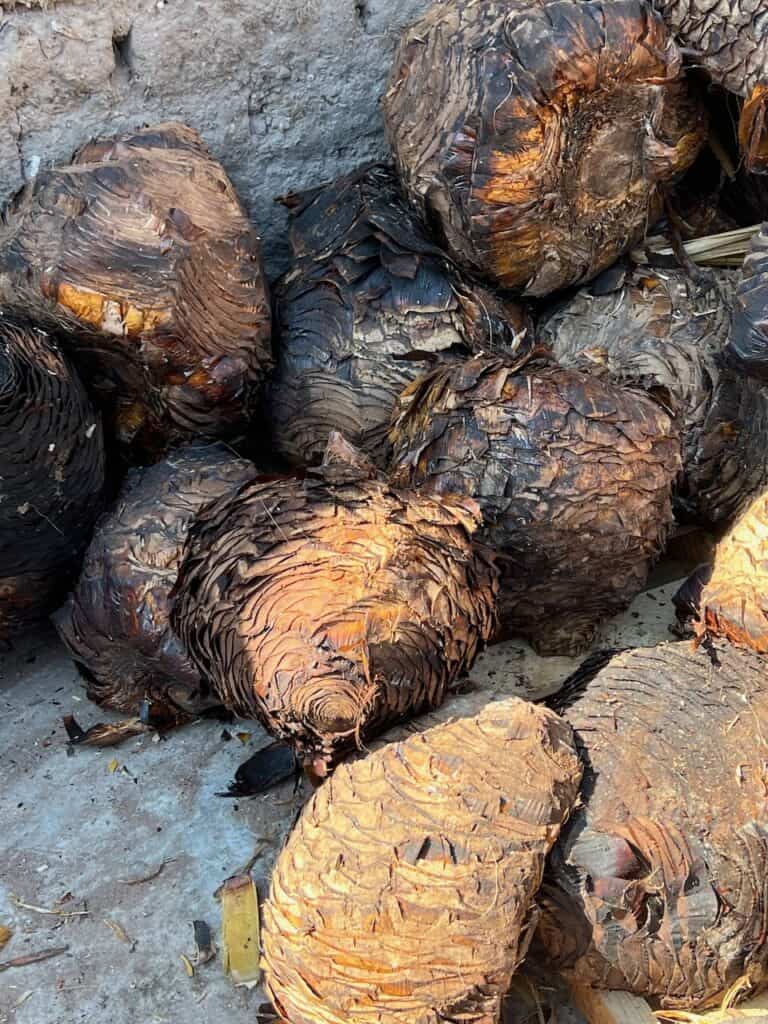
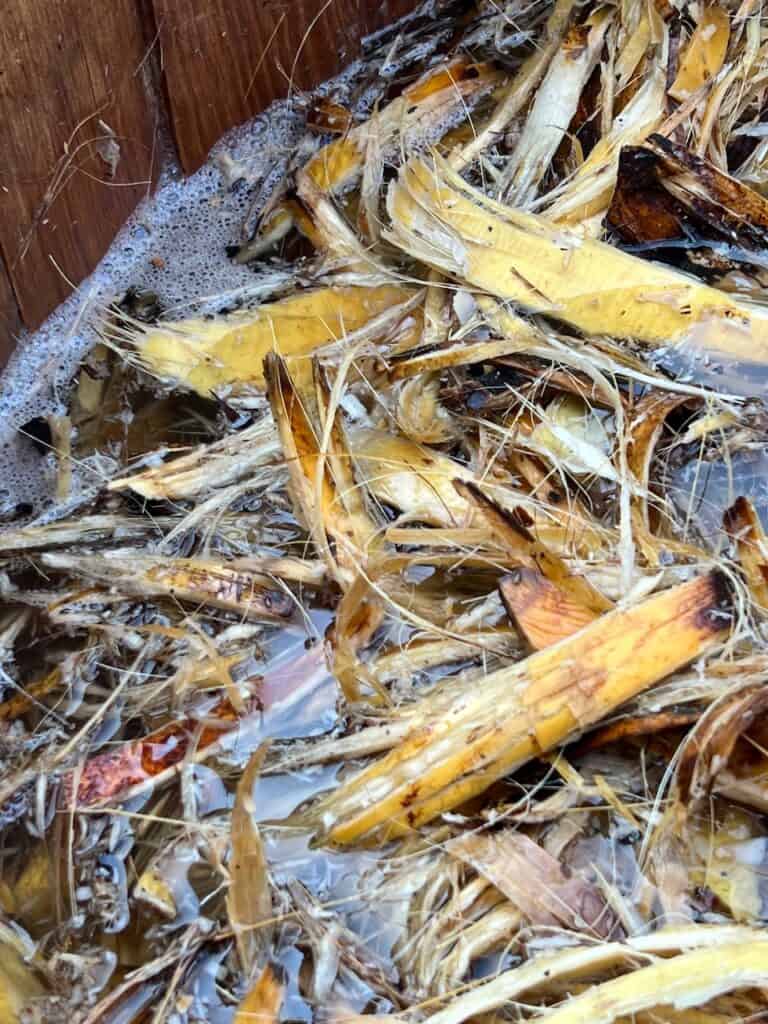
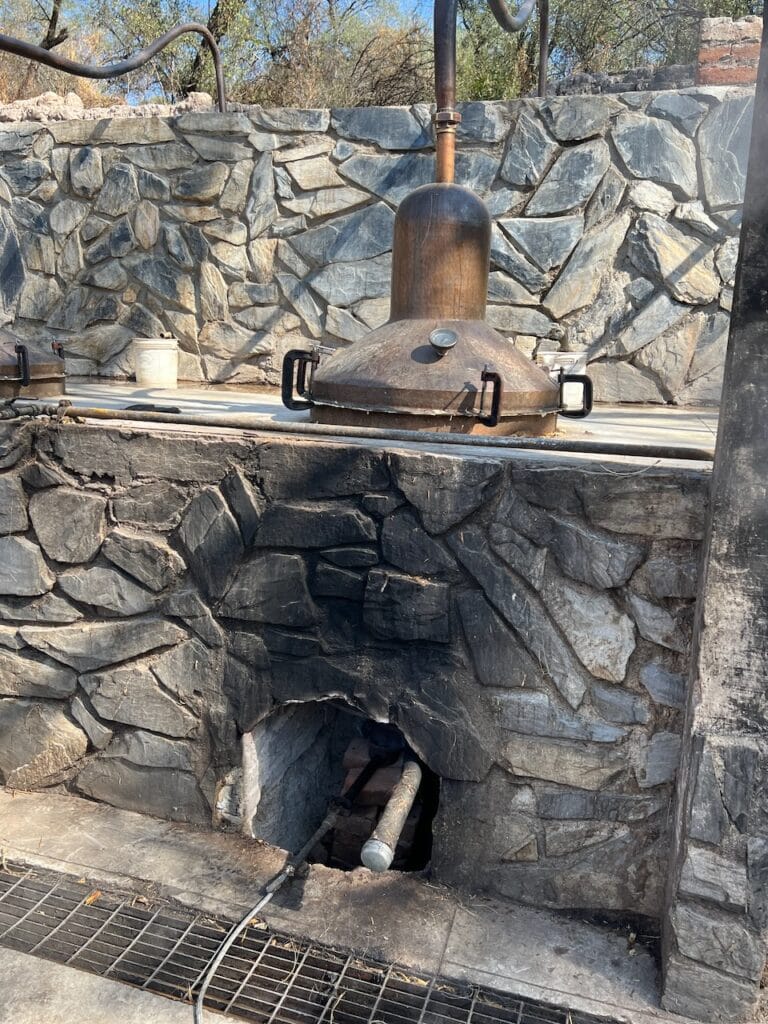
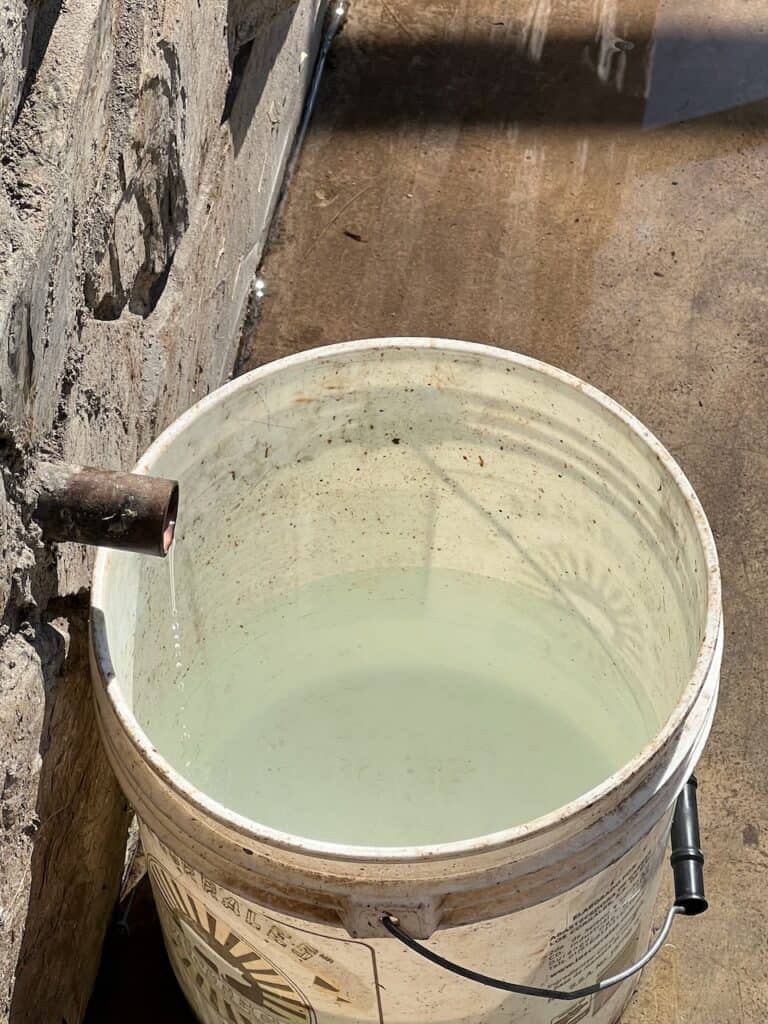
Is sotol the next big thing?
Mexican spirits aficionados have been betting on sotol for a while. But the emergence of Nocheluna, a brand fronted by Lenny Kravitz, and the attendant controversy have pushed the conversation out of the nerdy corners of the Web (ahem) and into the august pages of The New Yorker.
According to IWSR, sotol volumes grew by 17% in 2022, and the organization forecasted 6% growth for the category between 2022 and 2027. But before you run out and invest in a brand, consider that the actual quantity of sotol being sold commercially is a fraction of the quantity of mezcal–nevermind tequila. To put this in perspective, a single large tequila brand such as Sauza will produce more liters in one year than the entire commercial sotol industry.
Other FAQ about sotol
What does sotol taste like?
The spirit tastes a bit like mezcal–but not exactly. As with mezcal, the flavor is influenced by where the plant comes from and where the spirit is fermented and distilled. Dasylirion grown in the mountains can result in a spirit that has notes of everything from pine to forest floor, while desert sotol may have a more mineral flavor. Producers sometimes play with flavor by mixing different varieties to create ensambles.
Is there such a thing as reposado sotol or añejo?
Like tequila, the spirit has classes:
Blanco is unaged.
Reposado is aged for at least two months in barrels of oak, chestnut, acacia, beech, or ash.
“Gold” or oro is a mix of silver sotol and aged sotol and typically contains additives.
Añejo is aged for at least one year in barrels of oak, chestnut, acacia, beech, or ash.
Is sotol legal?
Yes. In Mexico, the distillate is defined by both its denominacion de origin (DO) and NOM-159, which outlines the parameters and rules producers must follow to produce commercial sotol.
How strong is sotol?
It may legally have an ABV between 35 and 55 percent. “Traditional” sotol tends to land on the higher end of that spectrum. Maestros soltoleros can approximate alcohol content by pouring the liquid into a cow horn and looking at the size and concentration of perlas.
How is sotol different from tequila and mezcal?
The spirit has similarities to mezcal in the sense that many sotol and mezcal producers still use ancestral methods to create a craft spirit on a small scale that is rare in the tequila world–even for traditional tequilas. Only a handful of sotol brands are produced at an industrial level. That said, sotol, mezcal, and tequila are all similar in that all three are spirits made from the hydrolyzed heart of a drought-resistant plant that takes many years to mature. And the three spirits share a common historical root and are all integral to Mexican culture and identity–although sotol’s significance is more specific to Northern Mexico while tequila and mezcal resonate across the country.
One key difference between mezcal and sotol is that the US government recognizes mezcal and tequila as products unique to Mexico, which means that you can’t make an agave spirit in the US and call it tequila or mezcal. This is not true of sotol.
What does sotol mean?
Sotol can mean the plant Dasylirion, or desert spoon, or the liquor distilled from that plant. It is possibly derived from a Nahuatl word for palm tree, zotolin.
How long has sotol been around?
Like agave, Dasylirion was a source of sustenance for indigenous people, particularly in what is now the American Southwest and northern Mexico. In Alcohol in Ancient Mexico, Henry Bruman noted, “To a certain extent, sotol seems to be marginal to mescal. It fulfills the same functions for food and drink, and is exploited aboriginally by the same processes, but appears all in all less desirable and able to replace mescal only when the latter is scarce or of poor quality or where the sotol shows unusually attractive forms.”
That said, Indigenous people found many uses for the plant in the regions where it grew in “unusually attractive forms.” In Chihuahua, the northern Tepehuan (or Ódami) people made creative uses of Dasylirion wheeleeri, which they called šúšida kúrúi. Women played a racing game across the canyons and mesas, using sticks to propel hoops made from the woven leaves. The Tepehuan also wove baskets, hats, sleeping mats, and slings, which they used for hunting squirrels. They roasted the roots and hearts, which they sometimes also dried for later snacking.
Sotol beer predates the Spanish invasion. The process sounds similar to the initial stages of making the eponymous liquor. Brewers baked the cores of the plant over hot stones in an earthen oven for several days, then pounded the cooked fibers with a club or stone to extract the juice, which they then mixed with water, boiled, and allowed to ferment for several days.
Once distilling technology became available, indigenous people adapted these processes and distilled their beer into liquor. The Rarámuri (Tarahumara) people, who are famous for living in Mexico’s vast Copper Canyon, continue to distill Dasylirion. They call the drink sereque.
In the 1930s, geographer Henry J. Bruman traveled the back roads of Mexico and noted sotol brandy made by the Tepecano people of Jalisco and by Wixárika (Huichol) people, who famously build Filipino-style stills and live in the mountains of Nayarit, Jalisco, Zacatecas, and Durango.
However, when it comes to dates, the early history of the distilled spirit is even murkier than that of mezcal. If the history of distilling in the land we now call Mexico has taught us anything, it’s that people have always been very resourceful and will figure out how to distill booze from anything with a decent sugar content. Therefore, it’s likely that people began producing sotol soon after the documented introduction of distilling technology in the sixteenth century. And it seems likely that colonial sources conflated mezcal and sotol, so some early references to mezcal in Northern Mexico might actually be references to sotol. However, solid documentation of sotol production dates to the late nineteenth and early twentieth century. In 1905, there were 32 registered distilleries of sotol or mezcal in the state of Chihuahua, indicating, of course, that there were likely far more unregistered distilleries.
Is sotol related to agave?
Dasylirion were once mistaken for agave, and it’s easy to see why. Sotol are drought-tolerant plants with a roseate of narrow, toothy leaves. Like agaves, they take a long time to mature (sometimes more than 20 years) and eventually produce a tall flowering quiote. This stalk looks like a giant asparagus crowned with delicate branches covered in thousands of tiny cream flowers, which may be tinged with pink, purple, or green. Unlike agave, Dasylirion doesn’t die after flowering. In fact, one plant lived for 150 years in a greenhouse.
Since Dasylirion was kicked out of the Agavaceae (or Agavavoideae) family, its classification has been something of a debacle. Several recent scientific studies and the USDA classify it in the Asparagacae family, which also includes agave. A couple of these studies mention Nolinacae as a subfamily. The Denomination of Origin (DO) for sotol lists it in the Lilaceas family. The NOM (the set of regulations governing commercial sotol) classifies it in the Nolinacae family, as does The Arizona-Sonora Desert Museum. After close study of all this conflicting information, Ruth Castro, author of El Sotol: Una historia de arido mestizaje puts it in the Asparagacae family, sub-family Nolinacae. (Check out her book, it’s great!)
Is sotol sustainable?
Desert spoon require very little water to grow, which is a point in favor of the idea of sustainable sotol. Historically the large wild populations have been more than enough to sustain the sotol industry, but the uptick in the spirit’s popularity brings with it the threat of deforestation–as has been the case with the wild agaves used to produce some mezcals.
A permit is required to harvest wild Dasylirion, though this is sporadically enforced. Various government programs monitor plant populations and are exploring the potential for reforestation. In short, it is possible to produce a relatively “sustainable sotol,” but it will require a concerted effort from producers, scientists, and the state to maintain a sustainable industry if the drink’s popularity continues to grow.
Why was sotol banned?
The colonial Spanish government sporadically outlawed pulque, mezcal, and other homegrown liquors. (Sporadically because colonial authorities sometimes outlawed production and at other times just tried to tax it.)
In the early 20th century, Pancho Villa, a teetotaler who saw booze as a scourge among his soldiers, destroyed vinatas when he came across them. After the revolution, the government continued to persecute distillers as part of sporadic and inconsistent attempts at prohibition (which tended, unsurprisingly, to focus on indigenous communities and the rural and urban poor).
Where do I find sotol? (How to buy sotol?)
Sotol may not be on the bar at your local watering hole, but it’s appearing more frequently at mezcal bars and craft cocktail bars.The spirit is available in most major liquor markets, although you may have to hunt for it.
Is there a classic sotol cocktail, like a margarita?
The spirit hasn’t been on the cocktail scene long enough for us to know if there’s a sotol cocktail that’ll stand the test of time. But there’s some good ones, and sotol actually makes a pretty great variation on the margarita. Jay Schroeder was a leading evangelist in Chicago; in 2016, he opened Mezcaleria Las Flores and highlighted sotol cocktails.
To learn more about this spirit, check out other Mezcalistas stories.
Bibliography:
The Tepehuan of Chihuahua: Their Material Culture, Pennington Campbell, 1969 (University of Utah Press)
Alcohol in Ancient Mexico, Henry J. Bruman, 2000, (University of Utah Press)
El sotol. Una historia de árido mestizaje, Ruth Castro, 2024, (El Astillero Libros/Arferit Editorial)
Can sotol be the next big thing? Leigh Thelmadatter, 2024, Mezcalistas
Is sotol the next mezcal? IWSR, 2023,
“Sotol”, Leigh Thelmadatter, 2022, The Oxford Companion to Spirits and Cocktails edited by David Wondrich and Noah Rothbaum (Oxford University Press)
“El sotol Chihuahuense, la increíble historia de una torpeza sin fin,” Jesús Vargas, 2019, Cuadernos Fronterizos
NORMA Oficial Mexicana NOM-159-SCFI-2004, Bebidas alcohólicas-Sotol-Especificaciones y métodos de prueba.
“The sustainability of Mexican traditional beverage sotol: echological, historical and technical issues”
M. Humberto Reyes-Valdés, Roberto Palacios, Erika Nohemi Rivas-Martínez, Armando Robledo-Olivo, Adriana Antonio-Bautista, Carlos Manuel Valdés-Dávila, José Ángel Villarreal-Quintanilla, Adalberto
Benavides-Mendoza, from Processing and Sustainability of Beverages Vol.2, 2019 (Woodhead Publishing)

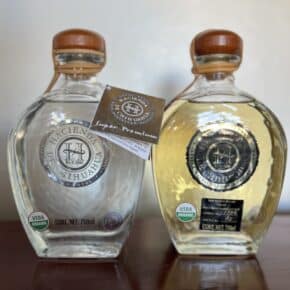
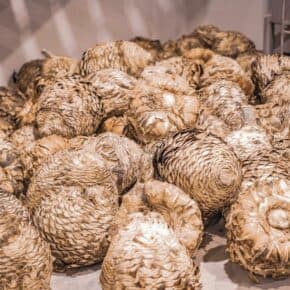









Leave a Comment